It's 2021, and sustainable fashion is like the new Netflix show everyone seems to be talking about. You’ve most definitely read 'eco-friendly fashion’, ‘ethical fashion' and 'sustainable fashion’ more times than you have worn actual pants this year, so let's decode what they really mean, and why you should care.

image via teenvogue.com
Why is Sustainable Fashion gaining popularity?
In recent years, as people (especially Gen Z) have started becoming more conscious about their consumption and wastage, they have recognised a pressing problem called fast fashion.
This industry operates in a highly unsustainable manner at present - with mass production of trendy, low-quality clothes flushing out every day, meant to be consumed and disposed of once the season ends. This leads to enormous waste and exploitation of natural and human resources.
Sustainable fashion stands as a solution to this problem.

Q. What is ‘sustainable fashion’?
Let's start with the basics.
Sustainable fashion is all about the production and distribution of garments, accessories and shoes in a way that is mindful of its environmental and socio-economic impact.
The main aim is to meet present fashion needs without hampering fulfilment of future ones. It prevents exploitation of natural resources through the life cycle of the product, as well as the people involved throughout the supply chain. Sustainable fashion is making sure we don't value the final product more than the people who make it.
Q. Just how sustainable are sustainable fashion brands?
Sustainable is not an absolute term. It comes in different shapes, forms and degrees. Every clothing brand is not 100% sustainable (it's close to impossible to be). Some brands are sustainable in the raw materials they choose, some in their manufacturing processes, others just in their packaging. Some companies even choose to compensate for their carbon footprint by planting trees. The best way to judge is to educate yourself, read up on brands' materials and processes, and don't be afraid to ask questions!Q. Can fashion be both ethical and sustainable?
While the ‘sustainable’ aspect mainly focuses on minimising environmental impacts, the social implications of fashion cannot be ignored. Yes, fashion can be both sustainable and ethical, but for this to happen, every stakeholder in the supply chain needs to be provided with fair working conditions, social welfare and basic human rights (that is not observed case of fast fashion). After all, environmentalism goes hand in hand with social justice.
Q. Why is sustainable fashion so expensive?
As you can probably gather by now, there are a lot of things that go into making environmentally conscious and socially responsible products. It is definitely not the easy way out.
As Lucy Siegle once said, “Fashion isn't free. Someone somewhere is paying for it”. Much to the surprise of many, it is not the material or the design that is the sole priority in sustainability; but the contribution of creators/artisans (who in the commercial parlance are termed as labour).
Worker rights, fair wages and safe working conditions are major contributors to the high cost of sustainable fashion. Further, the process of raw material sourcing, fabric production, dyeing and packaging is done with the utmost care, avoiding exploitation of natural resources, which adds to the costs.
The result? High quality, guilt-free purchases that last for a long, long time.
Q. What are sustainable fabrics?
In contrast to cheap synthetic fibres that are quick to produce but difficult to biodegrade, sustainable fabrics are those that are biodegradable, cruelty-free, long-lasting and made from natural, recycled, upcycled or innovative materials whose production has minimum impact on the environment. These help in water preservation, biodiversity restoration, waste reduction and lower emissions.
Bamboo, hemp, linen, organic cotton, Tencel, etc. are some examples.
Q. Why is sustainable fashion important?
Present rates of production and consumption are piling up the waste in landfills. Fast fashion brands are now pushing out 52 seasons worth of clothes each year that stay in trend for not more than three months. Modern slavery makes matters even worse because our clothing is coming with a human cost that we’re not even aware of. Therefore, the fashion industry needs to undergo an urgent revamp along the lines of sustainability so that it lessens its negative impact on not only the environment but also on the people involved in its production.Q. What is the future of sustainable fashion?
The road towards a bright sustainable future for fashion seems very clear. As it makes its way into mainstream society, sustainable fashion is being welcomed by both consumers in terms of their purchasing decisions, and brands as part of their business models. 66% of consumers are willing to pay more for a sustainably made product. Technology has made possible the innovation of fibres from banana, bamboo, pineapples and much more (sounds crazy, right?). Even Indian brands and consumers are trying to keep up by being more receptive to the latest sustainable trends and innovations, and more importantly by incorporating them.Q. How can you contribute to sustainable fashion?
As consumers, who wield the power of giving life to fashion, it is our responsibility to ensure that what we wear does not cost nature or human life.
First and foremost, there is still a large part of society that isn't aware of the fact that fashion can be sustainable, or even that the clothes they are consuming are unsustainable. So spreading awareness is a very important first step.
Secondly, as ideal as it is to not shop at all, we’re only human and we have needs; so when you are in dire need of clothes, be sure to go for sustainable alternatives (could be sustainably produced, thrifted, upcycled, secondhand, or even borrowed).
Lastly, our responsibility does not end at consumption, it is a constant process of questioning brands about their ethics and practices so that they are kept under constant scrutiny to do better.
Now that you know what the fuss is all about, are you ready to dive in? Start with One Less piece of clothing that will end up in a landfill.
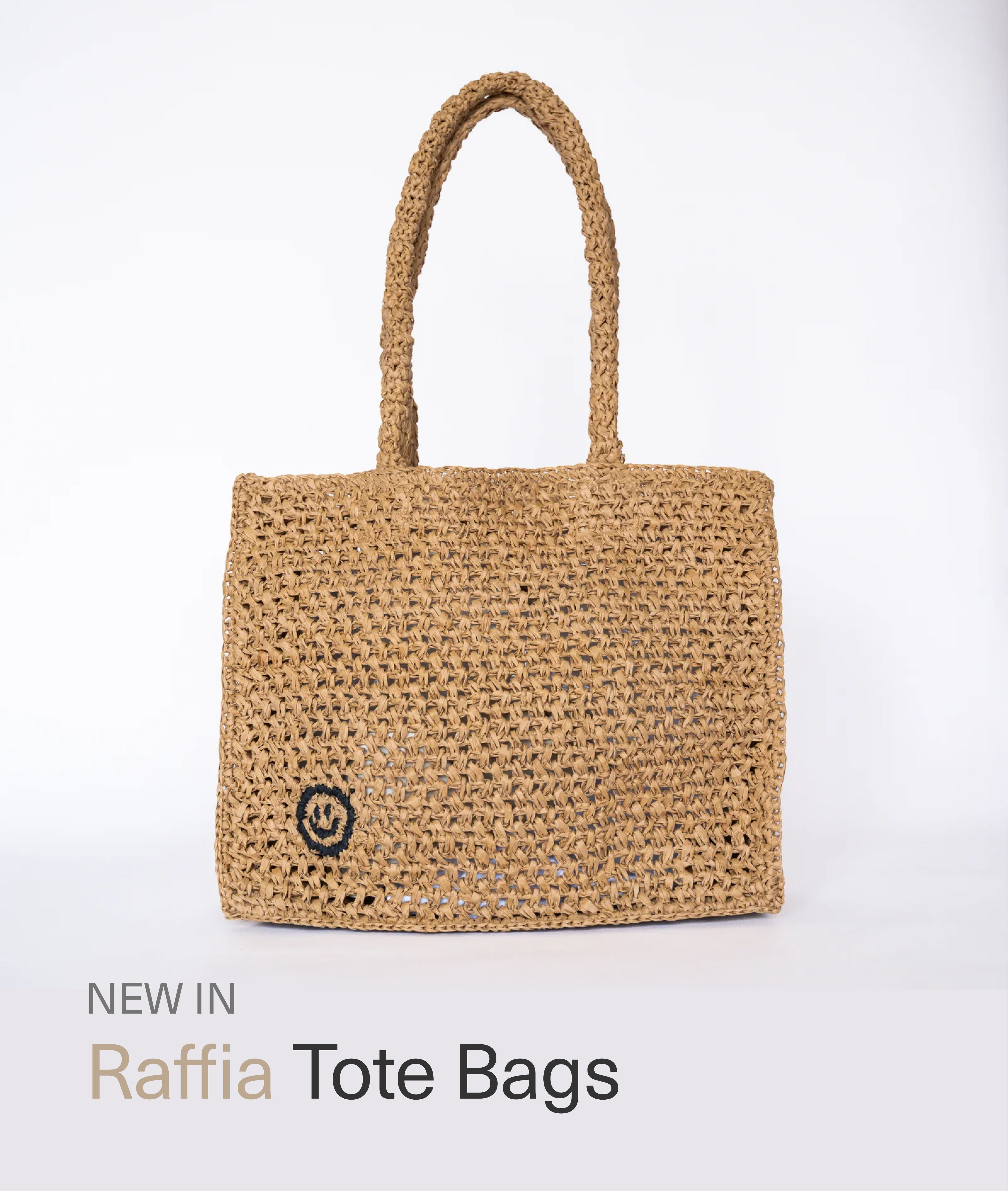
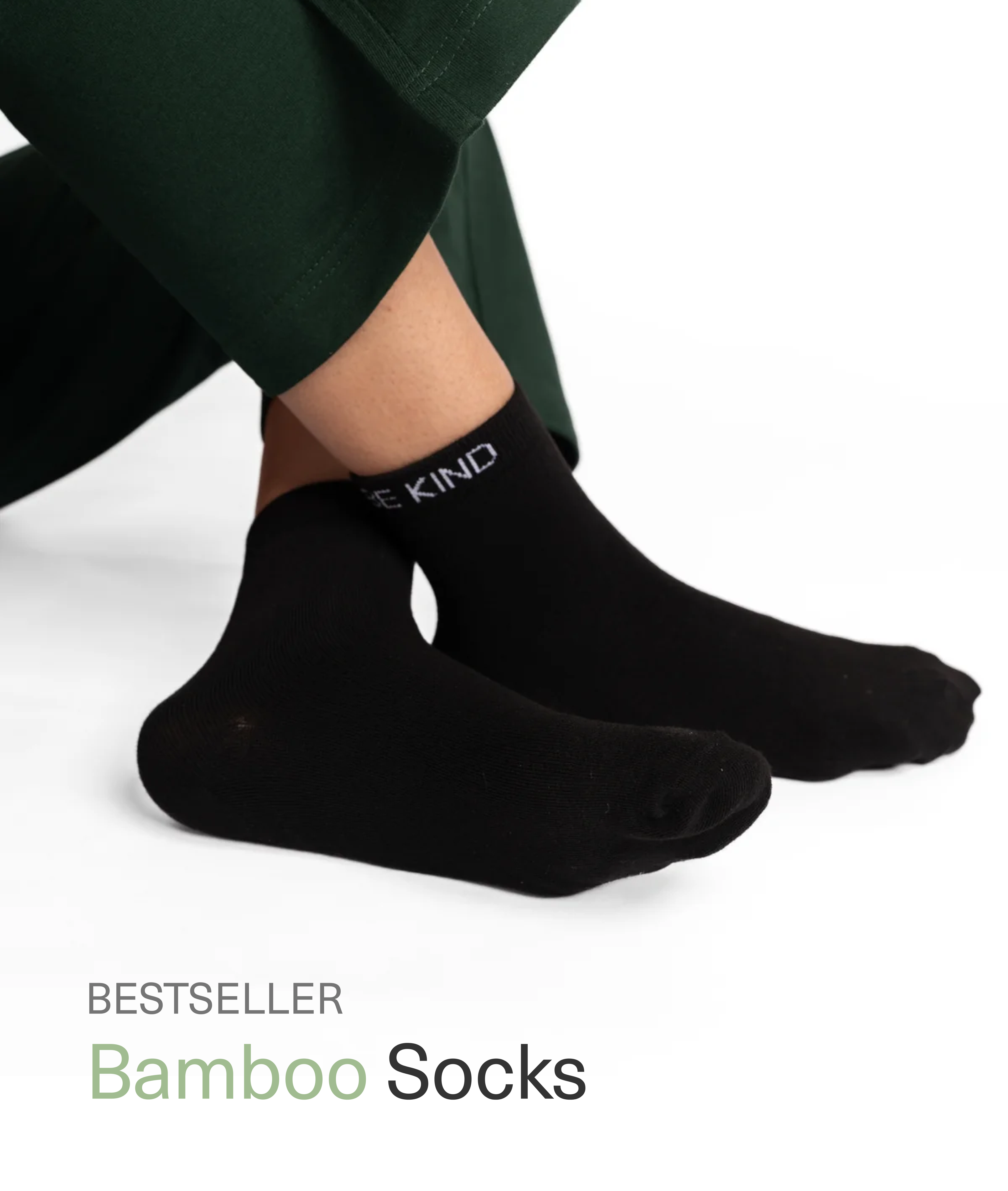
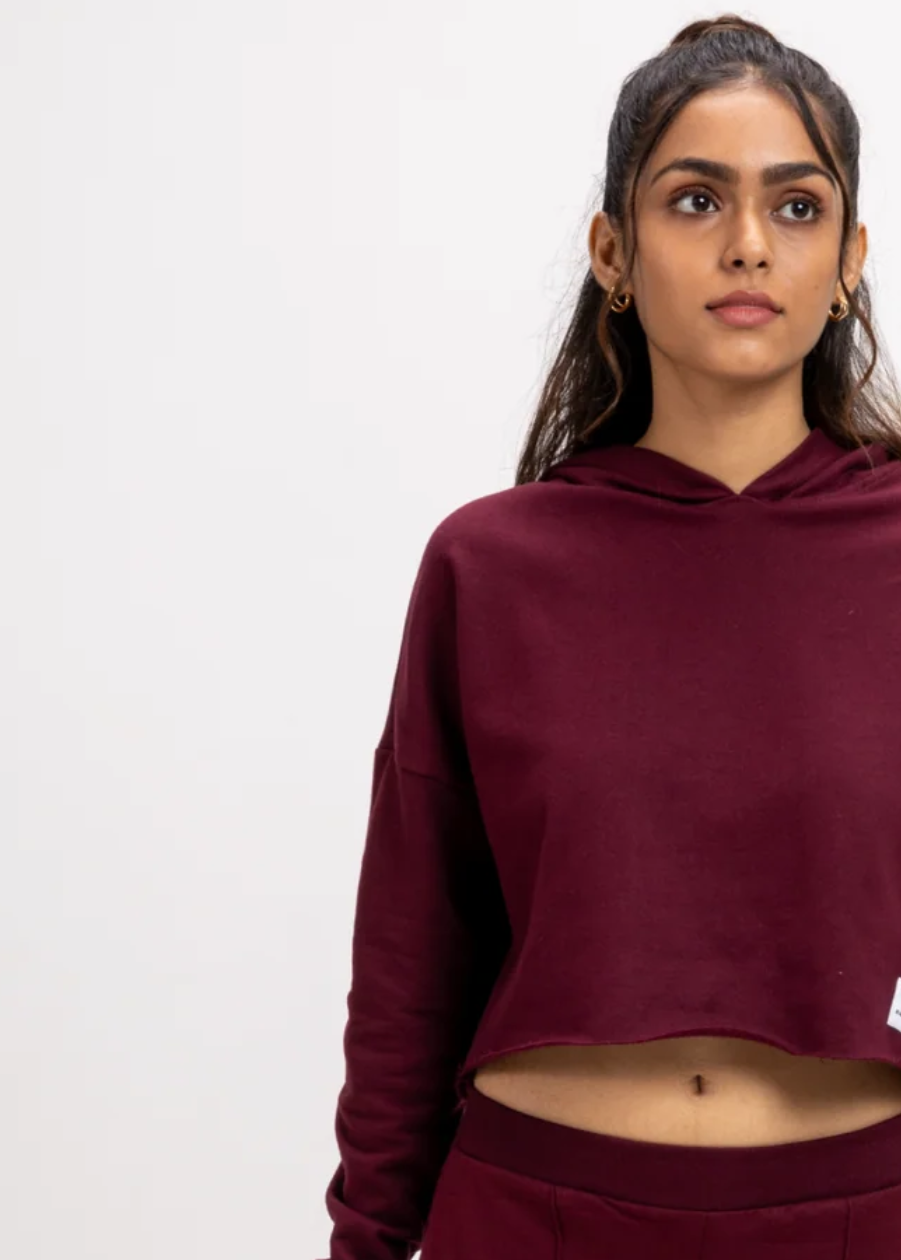
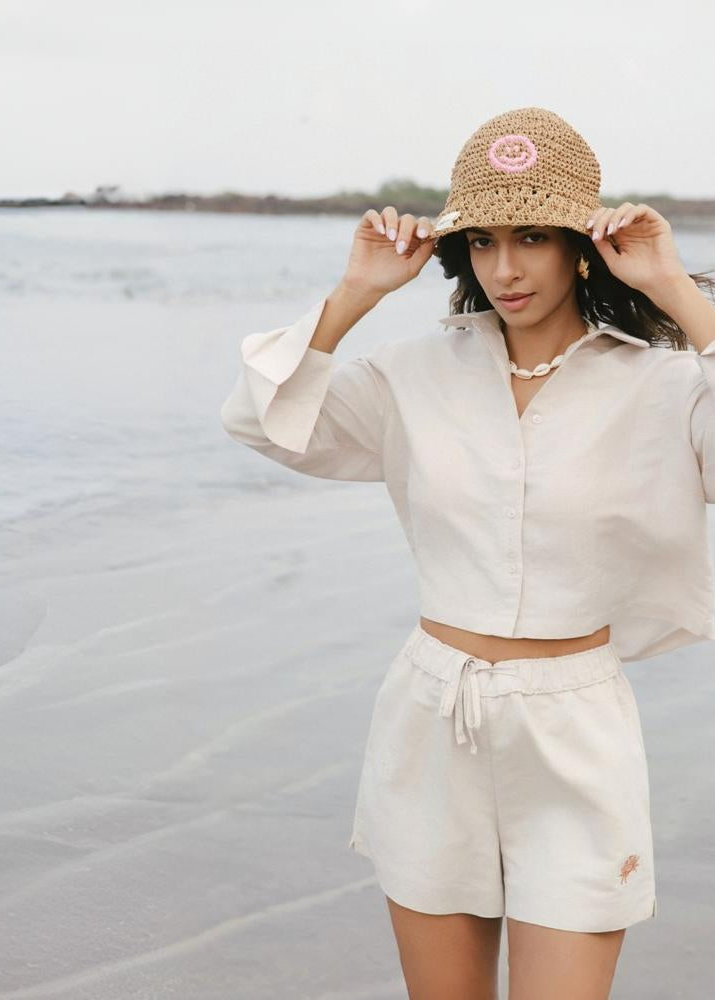
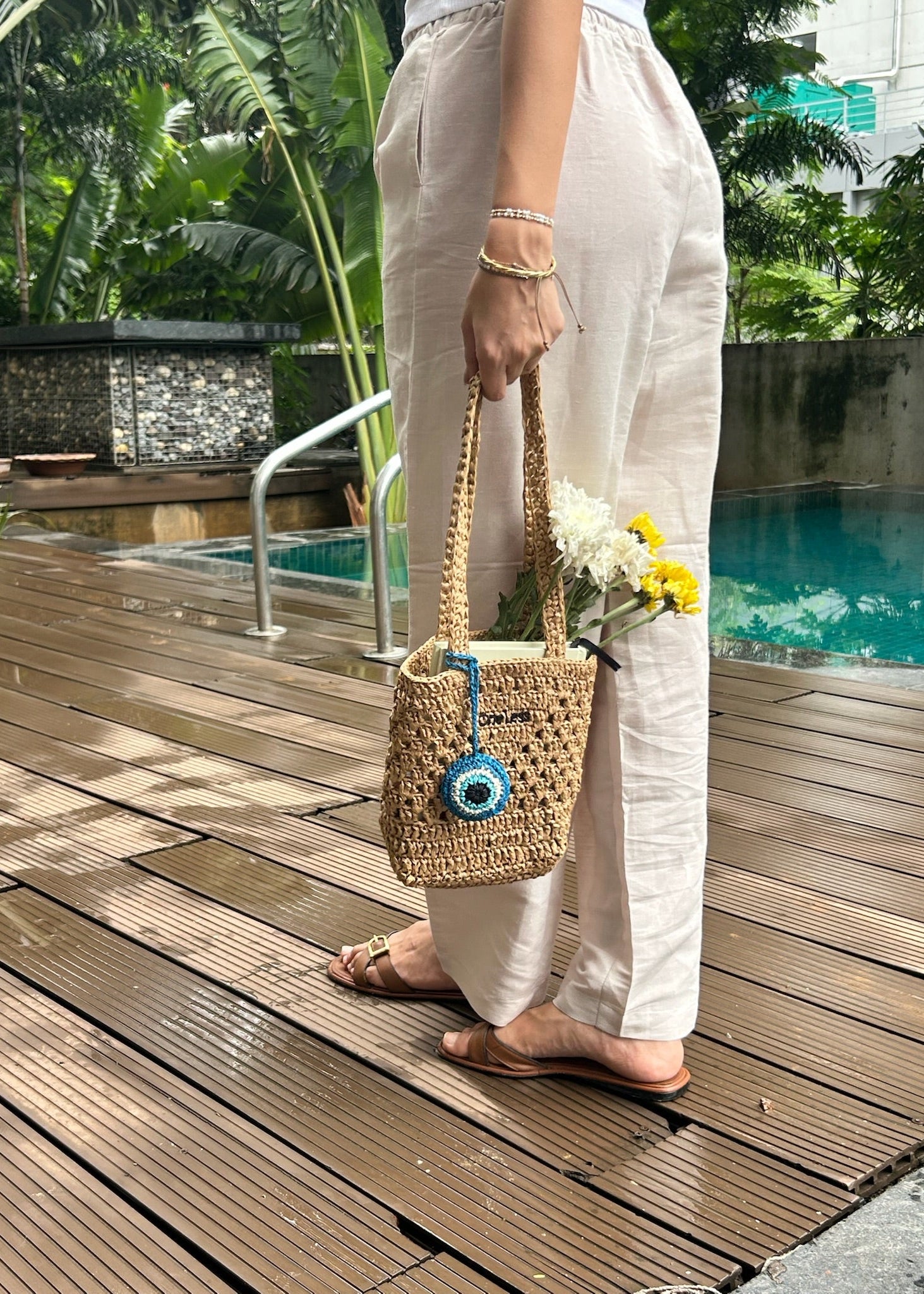






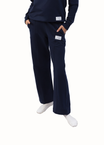

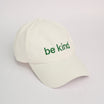



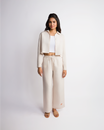

Leave a comment
This site is protected by hCaptcha and the hCaptcha Privacy Policy and Terms of Service apply.